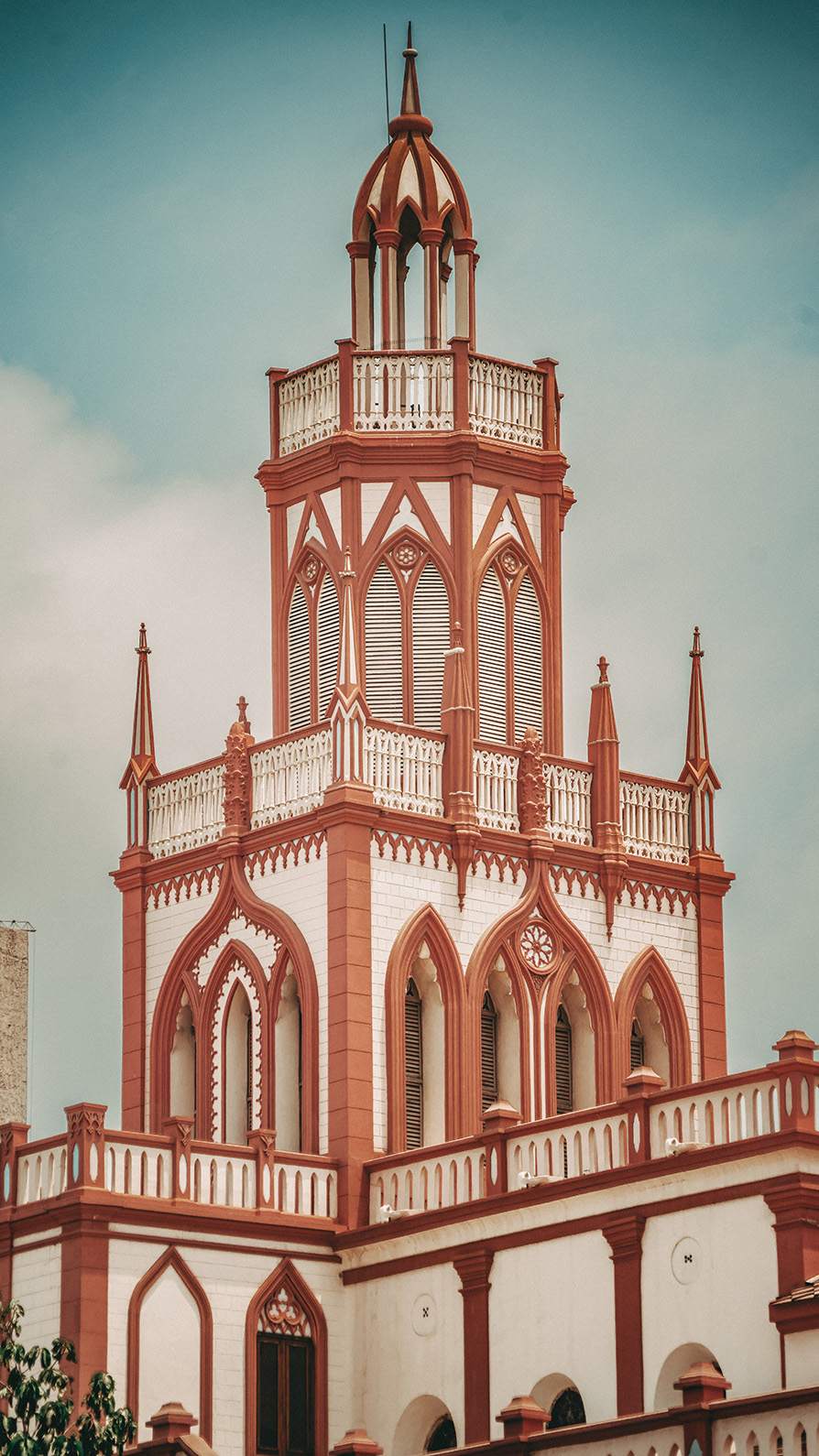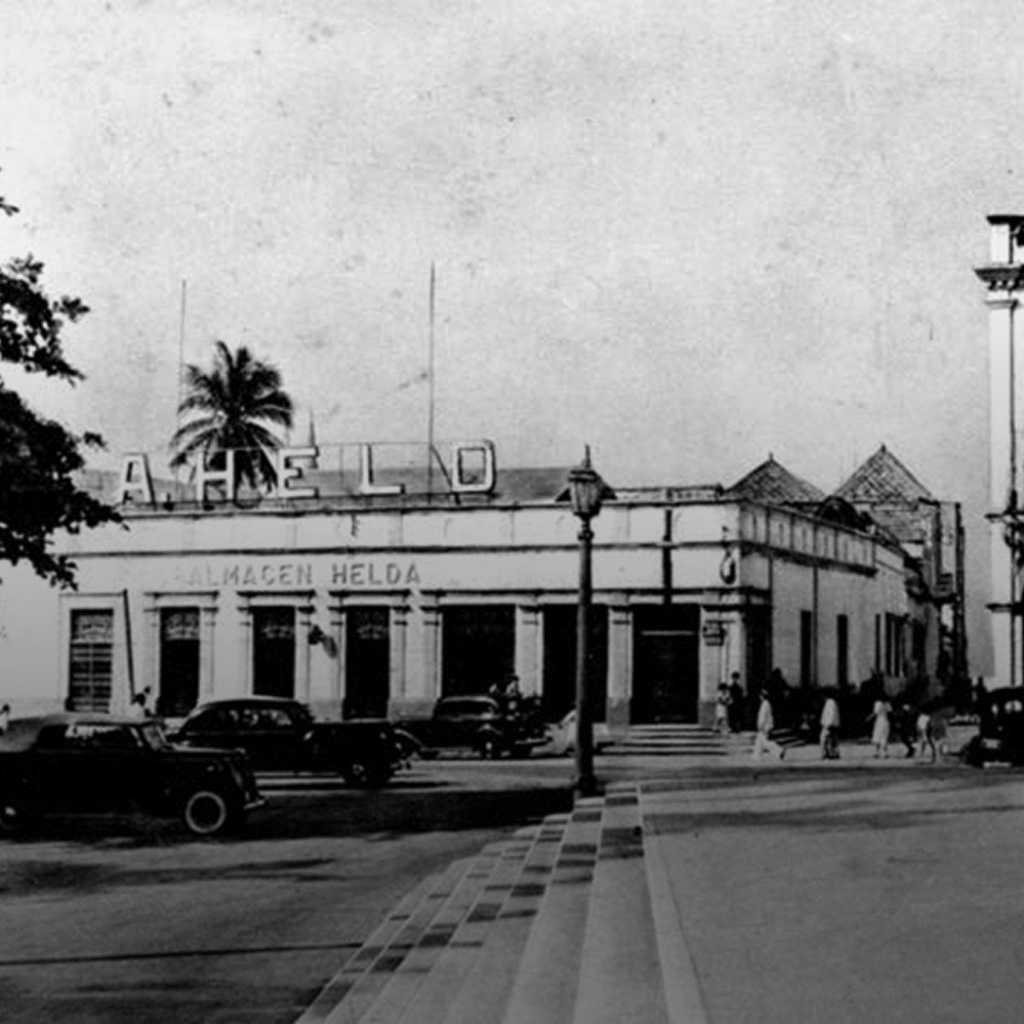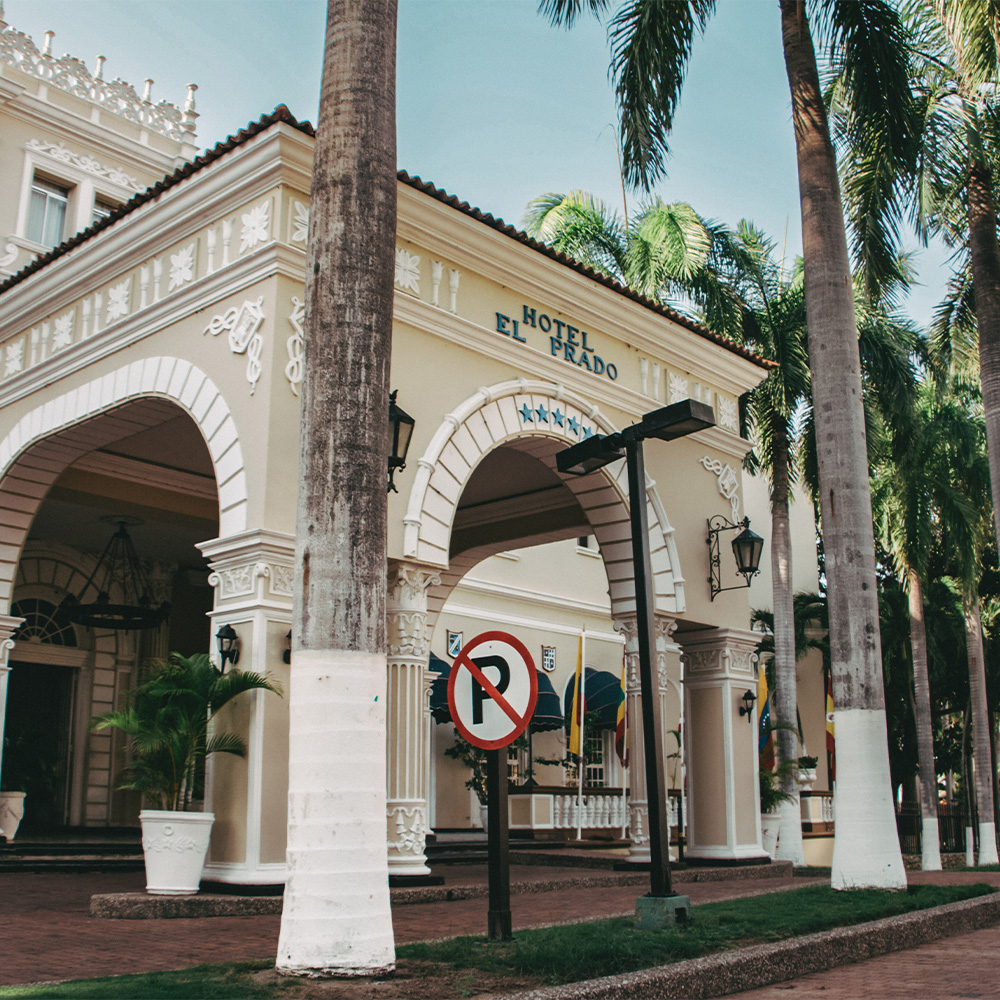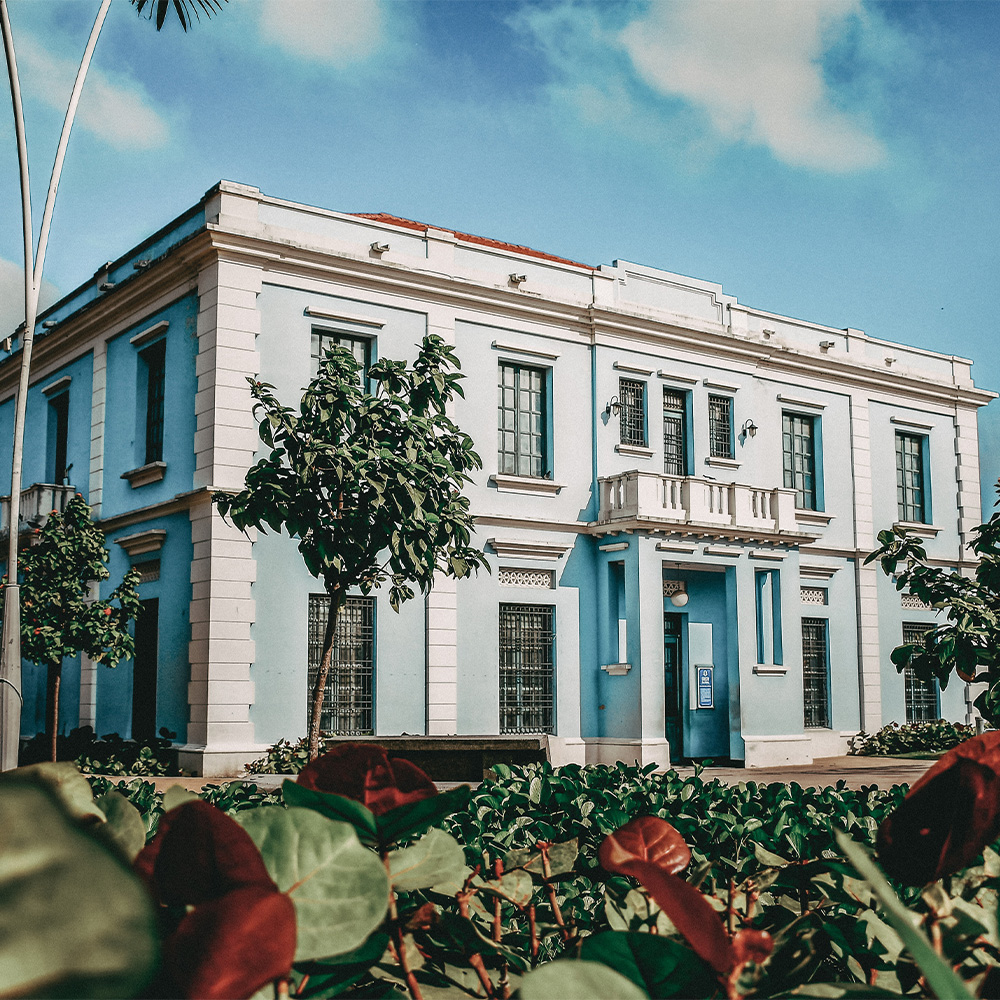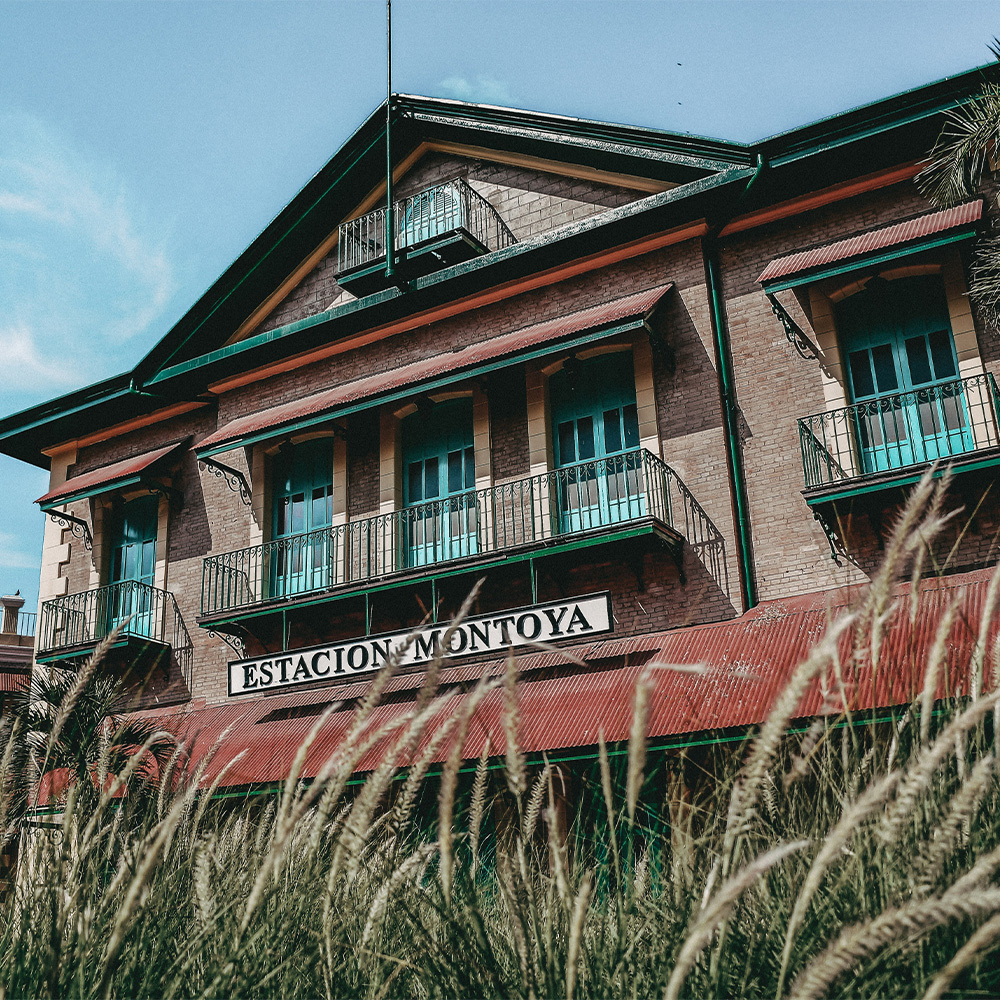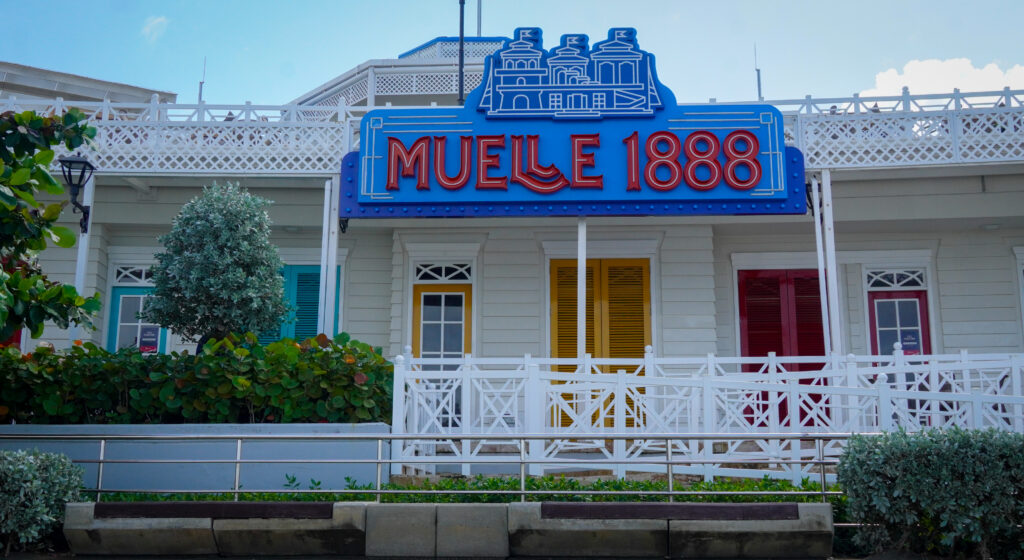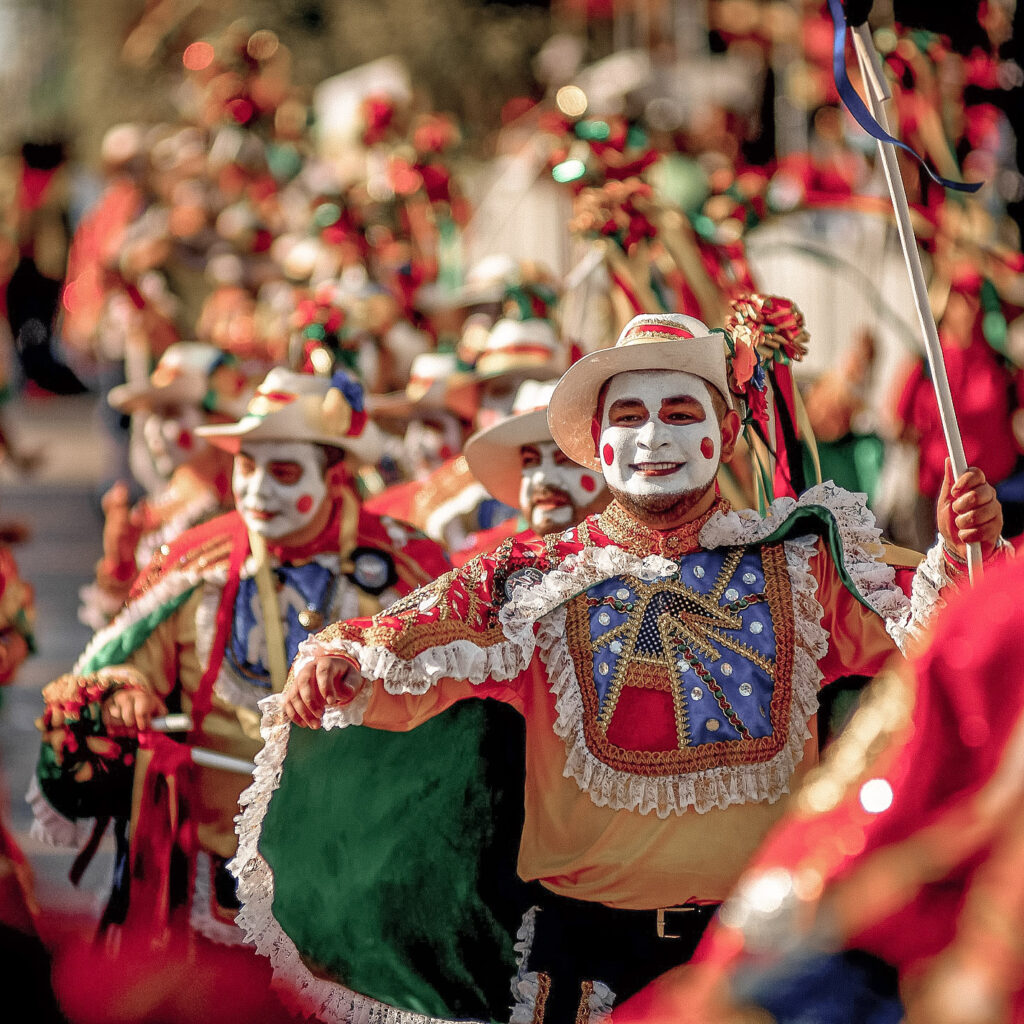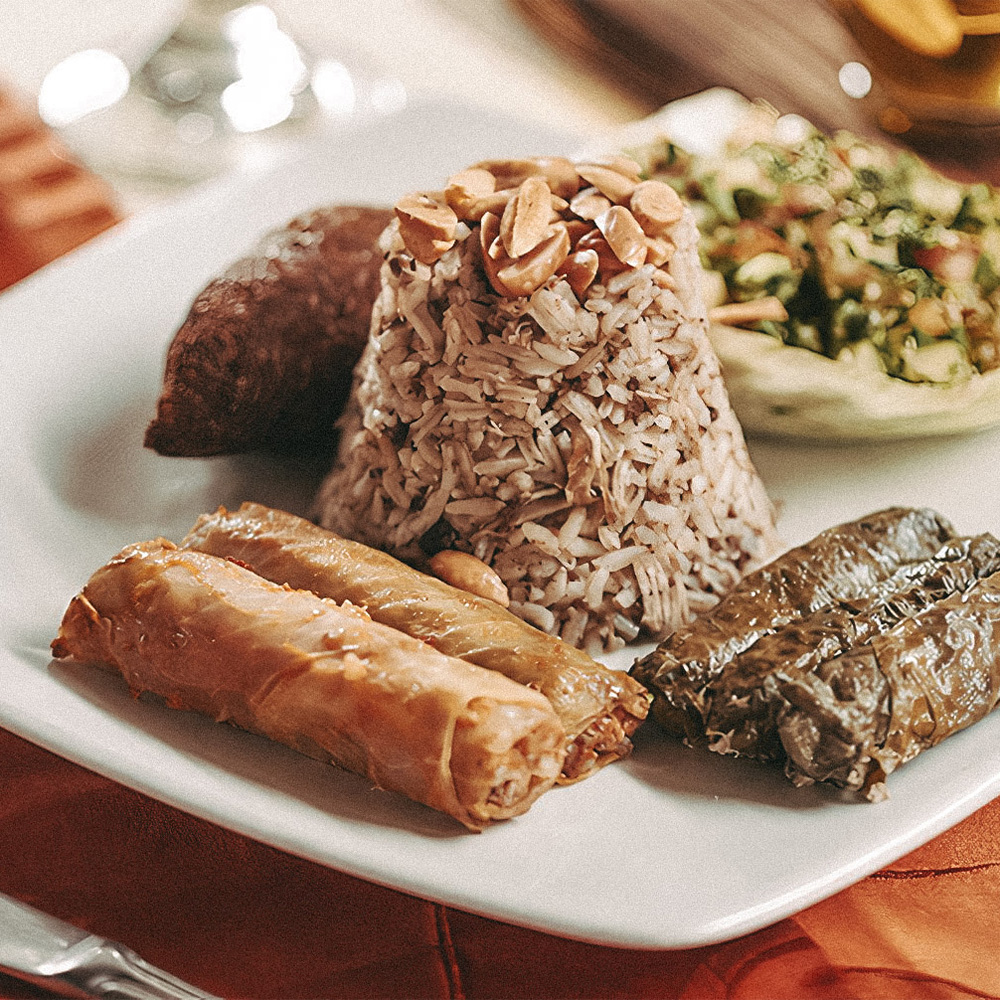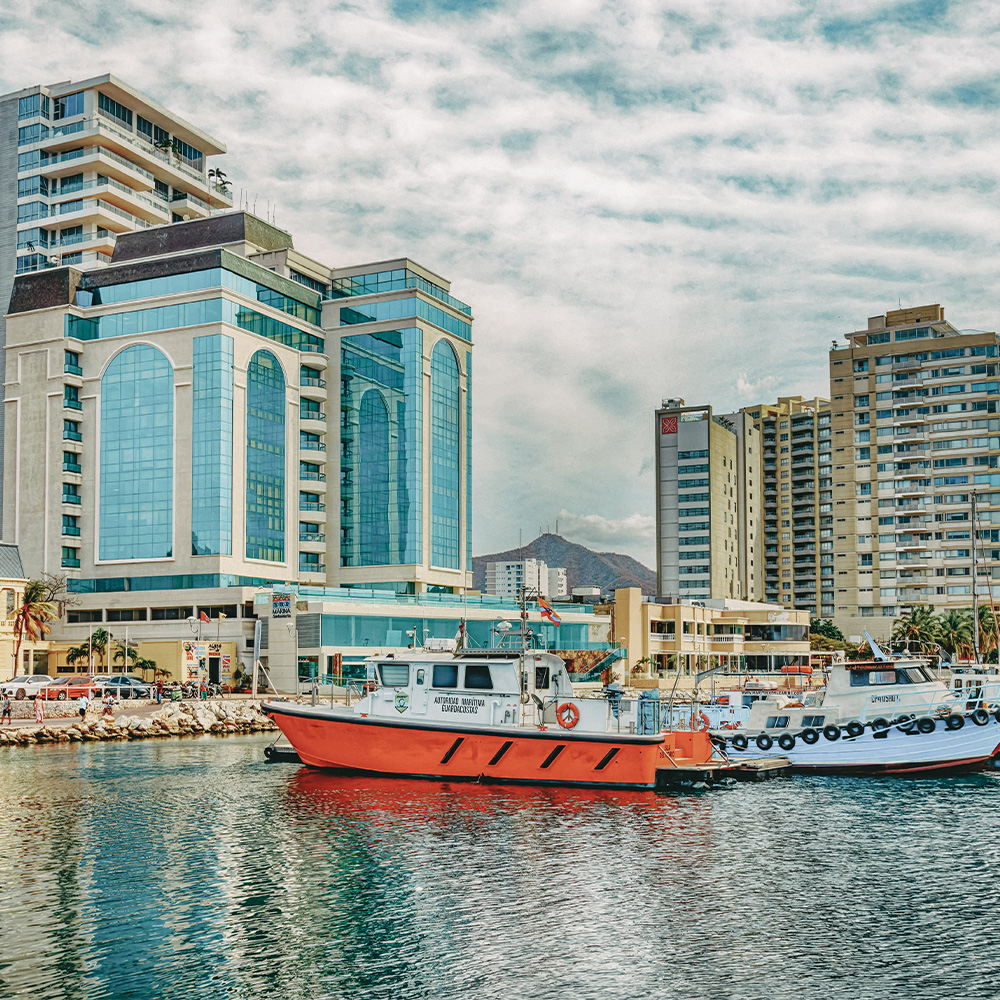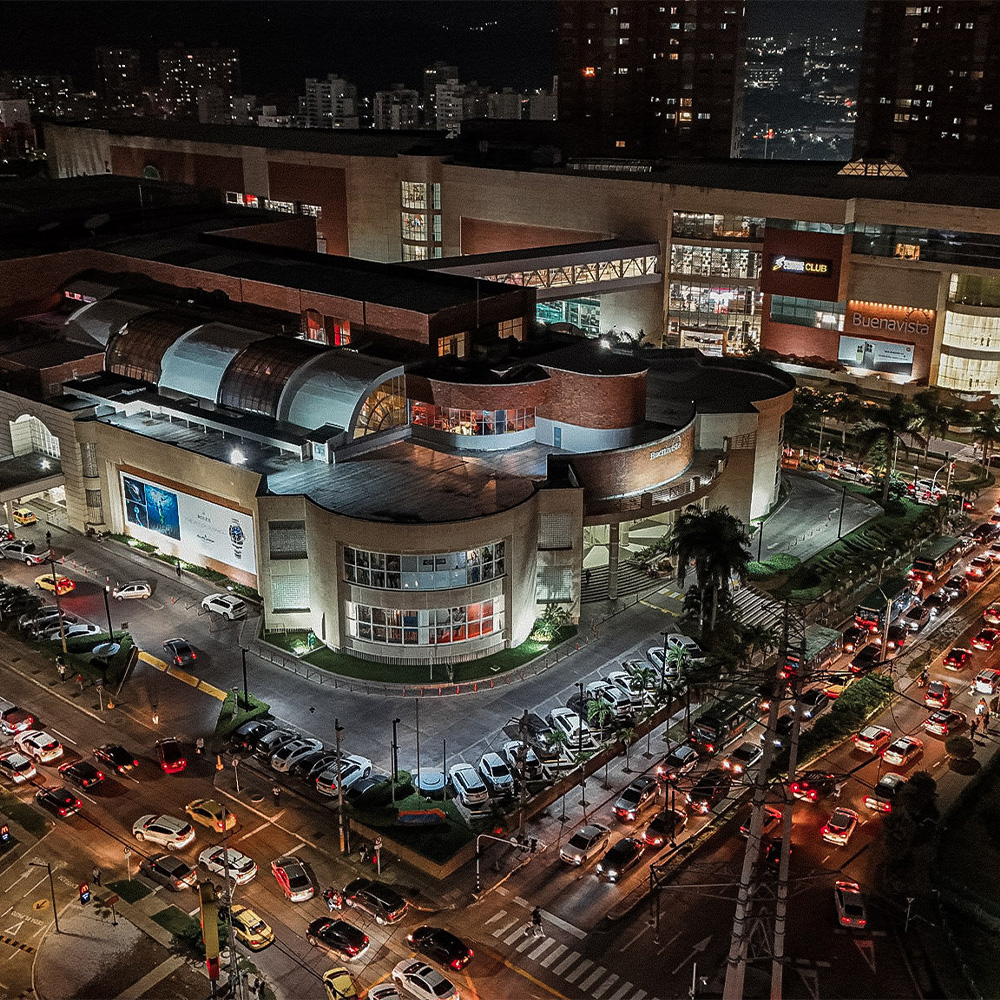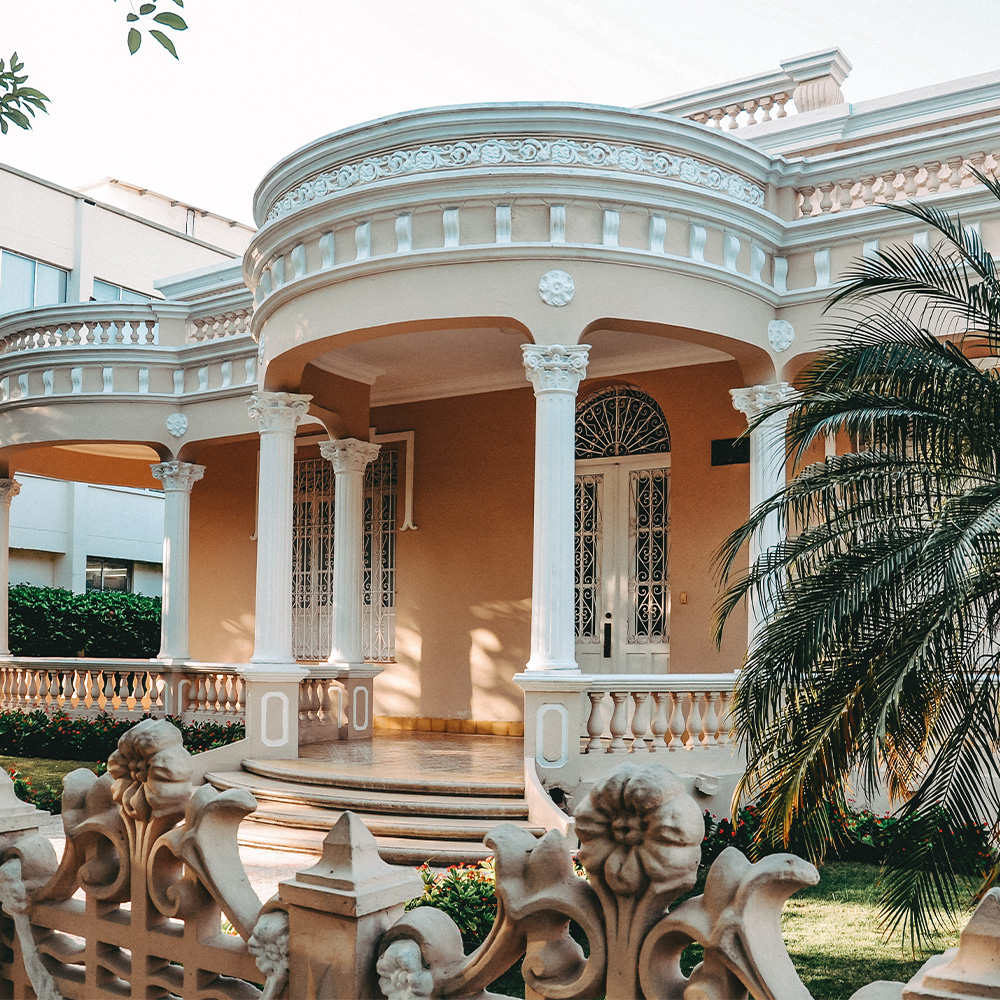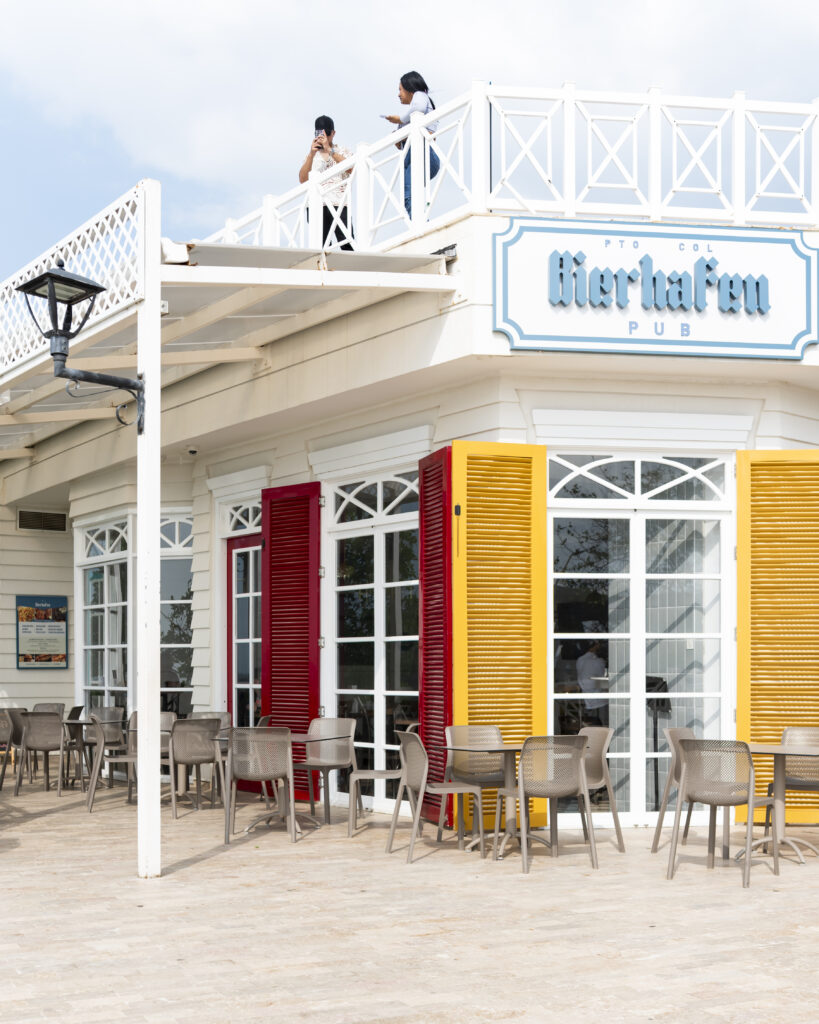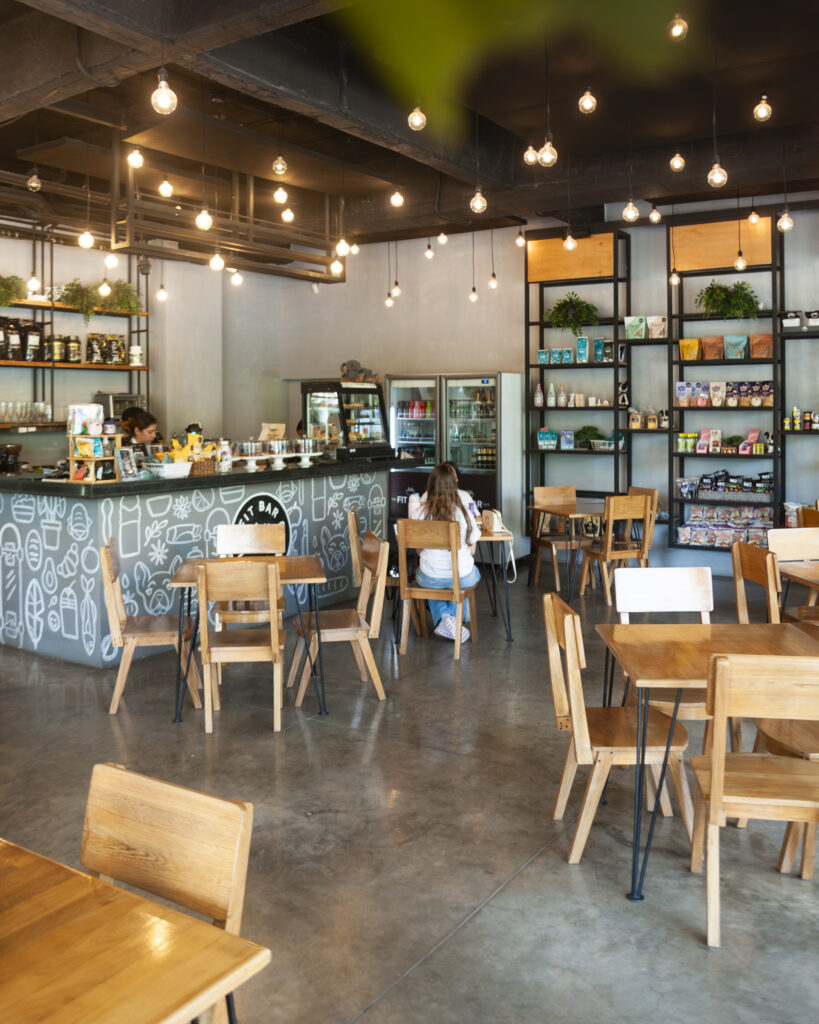Barranquilla History: A Legacy Forged by Global Cultures
Discover Barranquilla, the vibrant capital of Atlántico, known as “Colombia's Golden Gate.”
Barranquilla is a rich, multifaceted story that sets it apart as a beacon of innovation, multiculturalism, and resilience throughout the Colombian Caribbean. From its humble riverside beginnings, the city has carved a unique path, evolving into a pivotal port, commercial, and cultural hub that radiates its distinct spirit across the entire region. This legacy has been profoundly enriched by the contributions of diverse immigrant communities.
Origins and Early Settlements (16th – 17th Centuries)
While no exact founding date exists, the first traces of occupation in the Barranquilla region date back to indigenous communities like the Mocaná, who thrived along the Magdalena River. With the arrival of the Spanish in the 16th century, the area began to take shape as a strategic point for navigation and trade in the Colombian Caribbean.
18th Century: Consolidation as a Natural Caribbean Port
Thanks to its privileged location at the mouth of the Magdalena River, Barranquilla solidified its position as a key natural port for trade. This connected the interior of Colombia with the maritime routes of the Caribbean. Its economic importance grew steadily, establishing it as a crucial hub for goods exchange in the region.
19th Century: Commercial Boom and Independence Struggle
Barranquilla played a crucial role in Colombia's wars of independence. It declared itself free in 1813 and contributed significantly to the patriot cause in the Caribbean, earning the title of “Free City”. By the mid-19th century, its burgeoning commercial activity elevated it to city status, becoming a major administrative and commercial center. The arrival of the Barranquilla Railway, connecting it with the maritime port of Sabanilla, solidified its role as the country's main entry and exit point for goods, underscoring its importance in Caribbean trade.
20th Century: A Pioneer of Modernity, Driven by Global Immigration
Barranquilla emerged as a pioneer of modernity in the Colombian Caribbean. The inauguration of the Ernesto Cortissoz Airport in 1919, the first in Latin America, placed it at the forefront of regional aviation. It was also the birthplace of SCADTA (later Avianca), the first commercial airline in the Caribbean. The city became a significant entry point for immigrants from various parts of the world, with communities from Spain, Germany, Italy, France, China, and the Middle East being the most prominent. These groups contributed human capital, knowledge, and traditions that deeply enriched Barranquilla's economic, cultural, and social fabric, leaving a distinctive mark on its gastronomy, architecture, and social life, setting it apart from other Caribbean cities.
The Barranquilla Carnival: A Cultural Gem of the Caribbean
The Barranquilla Carnival, declared a Masterpiece of the Oral and Intangible Heritage of Humanity by UNESCO, is a symbol of the vibrant Caribbean culture and the contagious joy that characterizes the city. It stands out as one of the largest and most authentic celebrations in the Colombian Caribbean, also influenced by the traditions of its diverse communities.
Barranquilla Today: A Hub of Development and Innovation
In recent decades, Barranquilla has undergone a remarkable urban and economic transformation, solidifying its position as a hub of innovation and development for the entire Colombian Caribbean region. Projects like the revitalization of the Gran Malecón del Río and the modernization of its infrastructure position it as a leading and attractive city in the Caribbean context, keeping alive the legacy of its cosmopolitan past.
